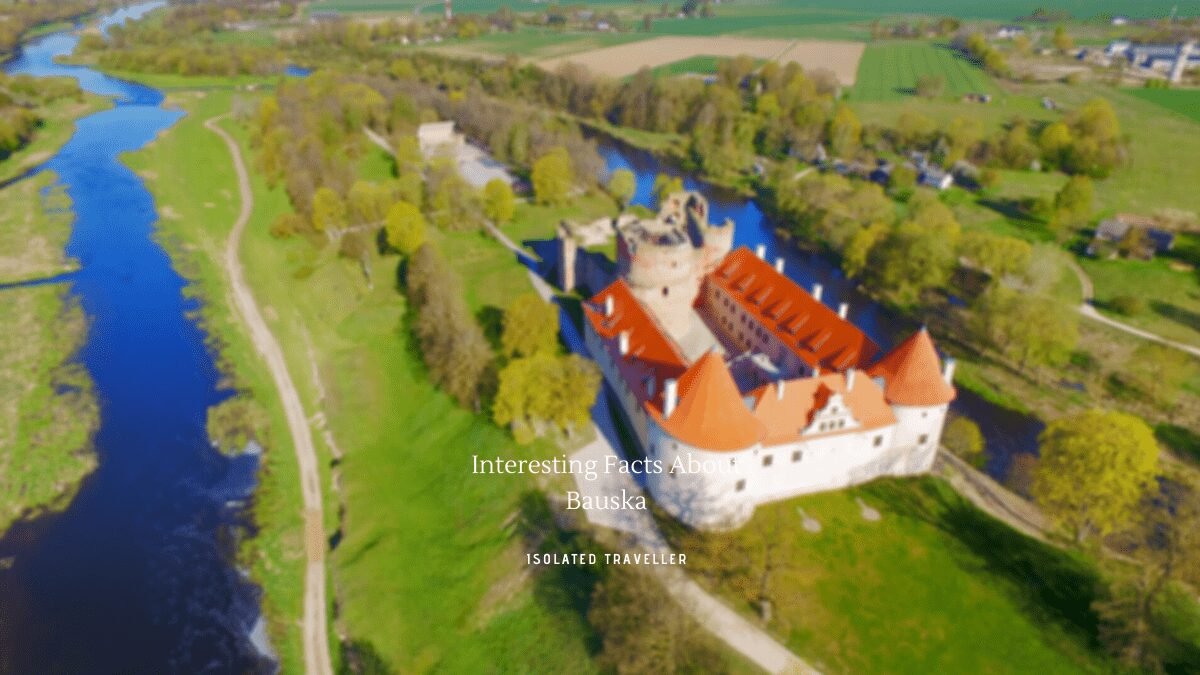Facts About Bauska
-
The Population of Bauska is 24,370 as of 2019, with an approximate density of 30 people per km2.
-
The town is situated at the confluence of the shallow rivers Mūsa and Mēmele where they form the Lielupe River.
-
Bauska is twinned with: Hedemora, Sweden; Khashuri, Georgia; Náchod, Czech Republic; Pakruojis, Lithuania; Radviliškis, Lithuania; Rypin, Poland & Soroca, Moldova.
-
Bauska received town rights in 1609.
-
On September 14, 2012, a monument to the inhabitants of the city who organized the defence of Bauska against the Soviet assault in 1944 was unveiled in the city, with the inscription “To the defenders of Bauska against the second Soviet occupation on July 28 – September 14, 1944”.
-
In previous centuries the city was known in German as Bauske, in Yiddish as Boisk and in Lithuanian as Bauskė.
-
Bauska is a town in Bauska Municipality, in the Zemgale region of southern Latvia.
-
Bauska Town Hall was the second largest town hall in Latvia until 1740.
-
The administrative-territorial reform was completed in 2009 by establishing four new municipalities in the territory of the Bauska Region: counties of Bauska, Iecava, Rundāle and Vecumnieki.
-
By the early 13th century this territory was inhabited by Semigallian tribes. In the mid-15th century, Bauska castle was built by Germans of the Livonian Order, who then were a part of the Terra Mariana confederacy.


